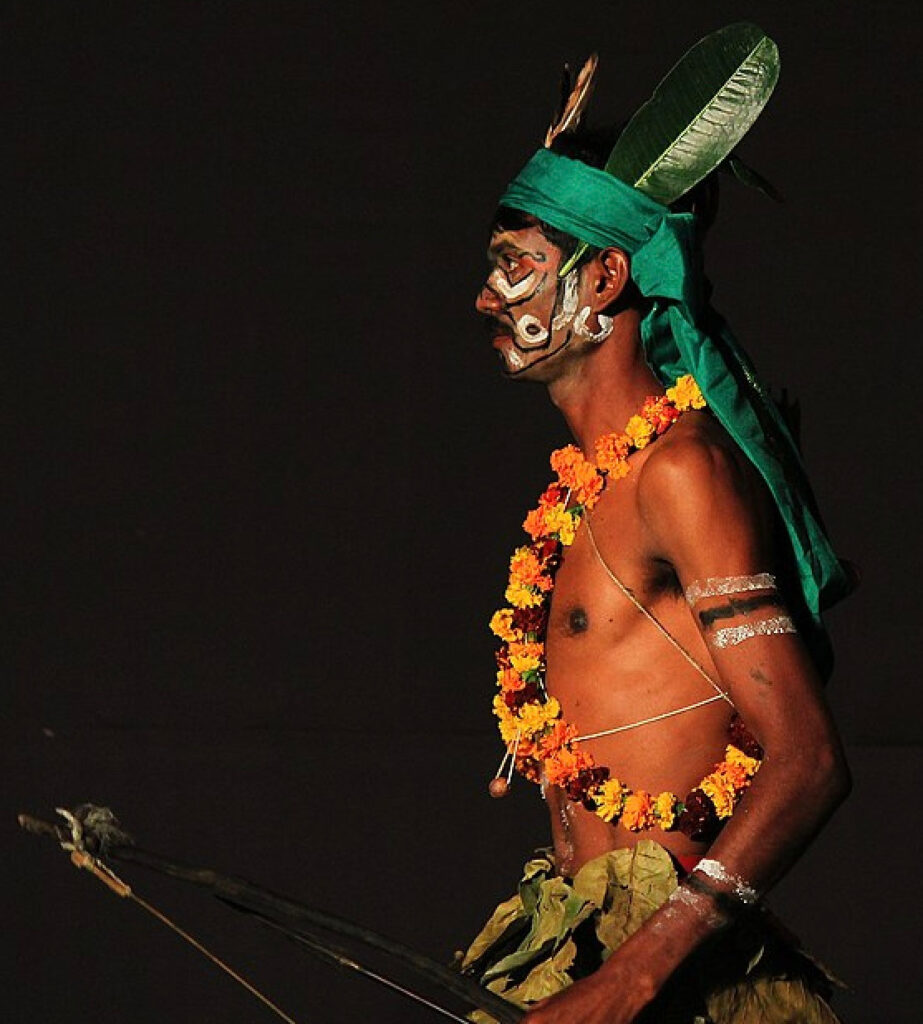
Tribal populations living in the interior parts of eastern India have largely managed to retain their cultural heritage despite the influence of modernisation but face threat to their language.
According to a study done by a consortia of Indian institutes, the ancient tribal populations of Odisha, Jharkhand and Chhattisgarh have retained their languages for the last 4000 years.
These tribal groups have preserved their cultural and linguistic identity withstanding both industrialisation and demographic changes, the study mainly done by the CSIR-Centre for Cellular and Molecular Biology and the DST-Birbal Sahni Institute of Palaeosciences, Lucknow has suggested.
However, recently some of these populations have started adopting Indo-European languages. The study led by Dr Kumarasamy Thangaraj at CSIR-Centre for Cellular and Molecular Biology (CCMB), Hyderabad, and Dr Niraj Rai at the Lucknow Institute has shed light on understanding these changes in the ancient tribes of East India.
“Using genetic and linguistic data, for the first time, we established that the language of Austroasiatic-speaking tribal groups is altered by the recent demographic changes. This linguistic shift largely has socio-cultural effects and presents a threat to the Austroasiatic languages, if this trend continues given a small number of people speak these languages,” said Dr. Thangaraj.

However, the risk is still rather small at present.
The findings are published in an international journal, Heliyon, by Cell Press.
The Key Findings & Likely Threat are:
This is the first high-throughput genetic study on the East Indian tribal populations. The researchers studied four major tribal populations (Bathudi, Bhumij, Ho, and Mahali) from Odisha.
Bhumij is an ancient, Austroasiatic language belonging to the Munda ethnic group and related to the Ho, Mundari, and Santalis and primarily spoken by the Bhumij people residing in the states of Odisha, Jharkhand, Assam, West Bengal, and partly in Bihar.
As per the 2011 census data available around 27,506 of the estimated 911,349 Bhumij (which means “one who is born from the soil)”, tribals spoke the language as their mother tongue. Many have moved to one of the dominant languages of the respective states, thus putting the mother tongue language under the endangered list. In January 2019, Bhumij was accorded the status of second official language in Jharkhand.
The researchers examined the genetic affinities of the tribal populations and a few Indo-European speakers from nearby areas. Their findings suggest that the two groups do not mix genetically.
The researchers further suggest that the linguistic mixing between the Austroasiatic and Indo-European speakers happened likely due to industrialisation (movement of Indo-European speakers may be from neighbouring states) and modernisation (cultural exchange, may be due to marriage/ trade/ education) that brought them into close cultural contact with the Austroasiatic speakers, and some of them have adapted Indo-European as a primary language.
The study did not find any Indo-European-speaking population who have adopted the Austroasiatic language. About 5 % of Indians speak Austroasiatic languages, largely by the ancient tribal populations of Odisha, Chhattisgarh, and Jharkhand.
“This study is a crucial add-on to the existing genetic database of Austroasiatic speakers. Because India is one of the most diverse assemblages of people in the world, this research work is significant in demonstrating the origin of Austroasiatic speakers and demographic changes that happened in the deep past and those ongoing, explained Dr. Vinay Kumar Nandicoori, Director, CCMB.
Overall, the Austroasiatic speakers have retained their languages firmly for the last 4000 years.
The other institutes and agencies involved in this study are the Academy of Scientific and Innovative Research (AcSIR), Ghaziabad, Shreyanshi Health Care Private Limited, Raipur, Chhattisgarh, and Punjab University, Chandigarh.
